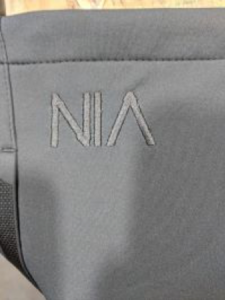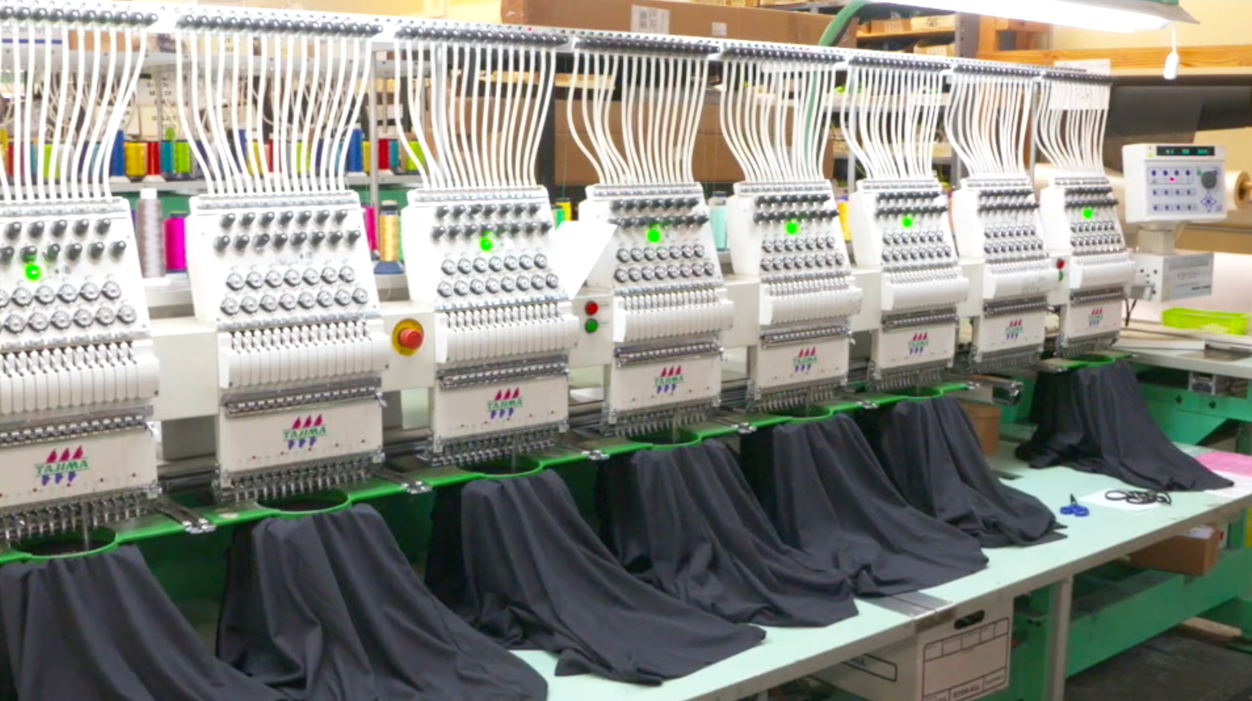Digitizing has made embroidery a very simple task – you only have to select a design, create its digital file and plug it onto embroidery machine. But if you are looking to make unique garments with supple, soft embroidery designs, there are many things you need to know, including giving importance to your fabric when digitizing your embroidery design.

You can digitize for any fabric – cotton, polyester, tri blend or wool – to produce great embroidery that does not cause puckering or pulling on the fabric. For a clean, crisp look, choose a fabric and design that are compatible with one another. Be aware of your project’s texture, weight and color because it will influence the overall of the design.
Embroidery sews differently on different fabrics and you must know how the stitches will hold up on each fabric. As part of that, also be sure to take into consideration the weight, texture, weave and fabric content. To create the best design on the fabric, it is a must for the digitizer and the embroider to understand all these variables.
Embroidery designs look better on stronger fabrics like caps, hats, canvas, twill and outerwear. They don’t require a lot of underlay fill stitches to maintain the integrity of an embroidered design. Soft, lightweight fabrics need to be digitized differently. They require more underlay stitches to stabilize the embroidery and fabric. Solvy topping is a good resource to use when embroidering towels, polar fleece, jackets and sweatshirts.
If you are mindful of the type of fabric and the type of design you are going to embroider, you can be must more successful in the end.
